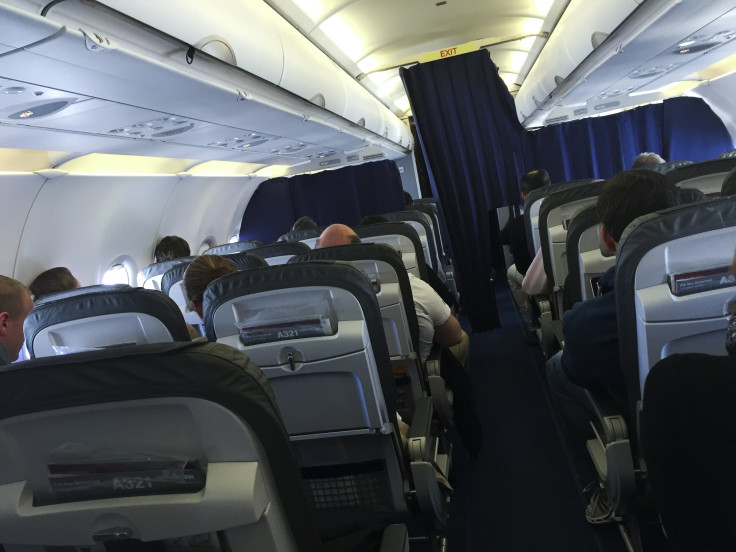Woman With Drug-Resistant TB Sent To NIH After Traveling Across 3 States: TB Risk And Airplanes

A woman with an “extensively drug-resistant form of tuberculosis” is being treated at the National Institute of Allergy and Infectious Diseases after traveling by plane from India to the United States, says the NIH. The woman has not been named.
In April, the woman traveled from India to the U.S. through Chicago O’Hare airport, according to Thomas W. Skinner, a spokesperson for the Centers for Disease Control and Prevention (CDC). Airline and flight information has not been released, though the CDC noted she also spent time in Missouri and Tennessee.
In May, seven weeks after arriving in the U.S., the patient requested treatment and was diagnosed with active tuberculosis, an infectious disease that mainly affects your lungs. On Friday, June 5, the woman was transported by special ground and air ambulances to the Allergy and Infectious Disease hospital after first spending time "in respiratory isolation in a suburban Chicago hospital,” the CDC noted.
Risk of Infection During a Flight
Tuberculosis, which is caused by the bacteria Mycobacterium tuberculosis, spreads through the air when a person with the disease coughs, sneezes, speaks, or sings. Those near enough to breathe in the bacteria can become infected. In the early 1990s, the CDC looked into seven separate cases where a traveler, known to be highly infectious with TB, traveled by plane.
“Investigation of close contacts found evidence of transmission of M. tuberculosis infection during a flight in only two of the seven episodes,” stated the World Health Organization in its own report of the CDC findings. Such evidence suggests transmissions may have occurred from a cabin crew member to other crew members in the one instance, and from a passenger to other passengers in the other. The risk of TB infection during a flight, according to WHO, “is similar to that associated with exposure during other activities in which prolonged contact with potentially infectious individuals may occur (e.g. train or bus travel, any gathering in enclosed spaces).”
Because many people come down with a cold following a flight — a study published in the Journal of Environmental Health Research finds the common colds may be 100 more likely to be transmitted on a plane than on the ground — it may seem natural to worry about getting TB. However, the CDC maintains air travel carries a relatively low risk of TB infection.
“Although the risk of getting a contagious disease on an airplane is low, public health officers sometimes need to find and alert travelers who may have been exposed to an ill passenger,” Skinner said. According to Skinner, CDC will begin its contact investigation and “will obtain the passenger manifest” for that flight.
Meanwhile, the Illinois Department of Health (IDH) is working with CDC to identify community contacts — anyone who may have been exposed to the patient during her time in the state.
Treatment
First-line treatments for tuberculosis include these antibiotics: isoniazid, rifampin (Rifadin, Rimactane), ethambutol (Myambutol), and pyrazinamide. When these drugs do not work, fluoroquinolones, another type of antibiotic, combined with other medications may be used, says Mayo Clinic. Yet, some extensively drug-resistant tuberculosis, commonly found in India, China, sub-Saharan Africa, Russia, and Pakistan, already have resistance to these medications.
The CDC will not say whether the woman has exhausted this second line of defense, though the agency said drug susceptibility testing is underway.
While a healthy immune system should be able to fight TB, people who are very young or very old, people being treated with chemotherapy, people with cancer, and people with HIV/AIDS, among others, may be more susceptible.



























